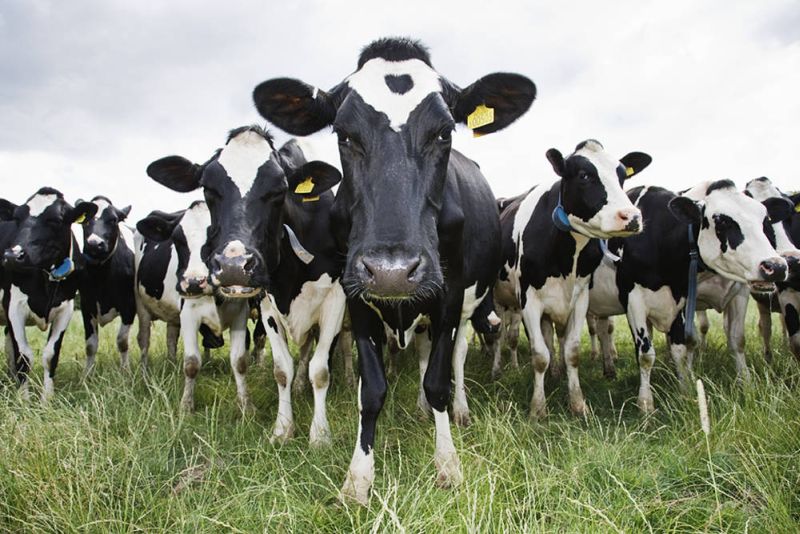dairy
EU agri outlook: Added-value products the way to go for dairy

European dairy looks set to expand over the coming 12 years, according to an outlook report conducted by the European Commission for the medium-term future.
The «EU Agricultural Outlook for Markets and Income 2018−2030', published during the week, outlines predictions for European agriculture based on macroeconomic assumptions deemed most likely to occur in the coming years.
Growing world import demand driven by population growth — notably in Africa — and income growth will drive higher consumption of dairy products over the outlook period, according to the document.
More focus will be put on added-value products — for which the EU has a clear competitive advantage, rapporteurs say.
In addition, consumer preferences for differentiated products including: organic; GM-free; pasture-based; local; and so on, which will drive the development of alternatives to conventional production systems.
Environmental requirements will also play an increasing role in shaping production systems.
The EU could supply close to 35% of the global demand increase over the next 12 years, the report says.
EU exports of cheese, butter, skimmed milk powder (SMP), whole milk powder and whey powder are expected to grow on average by around 330,000t of milk equivalent per year, with this increase expected mainly in cheese, whey and SMP.
In parallel, close to 900,000t of additional milk per year would be needed to satisfy the growth in EU domestic use for «traditional' dairy products, mainly cheese, according to the rapporteurs.
Alternatively, it can be used to make other products (such as dairy desserts, fat-filled powders, infant milk formula, protein and whey concentrates) that can be further exported.
By contrast, liquid milk consumption is expected to further decline in the EU.
Increasing global and domestic demand are expected to translate into a «rather modest increase» in EU milk production, at 0.8% per year on average, reaching 182 million tonnes by 2030.
EU average milk yield is expected to further increase over the outlook period to 8,240 kg/cow, 17% above the level of 2017.
However, this will be at a slower pace than in the past decade, given environmental constraints and the extensification of production in response to consumer expectations.
